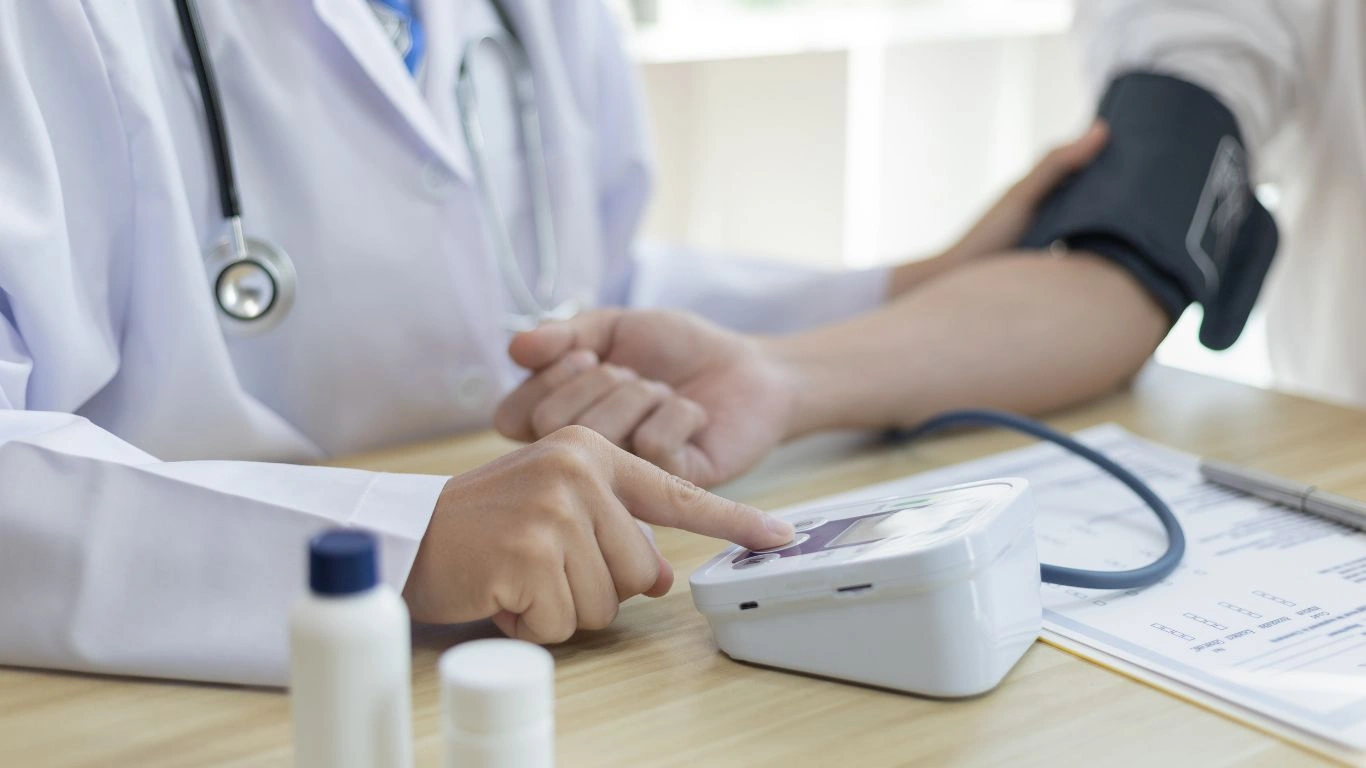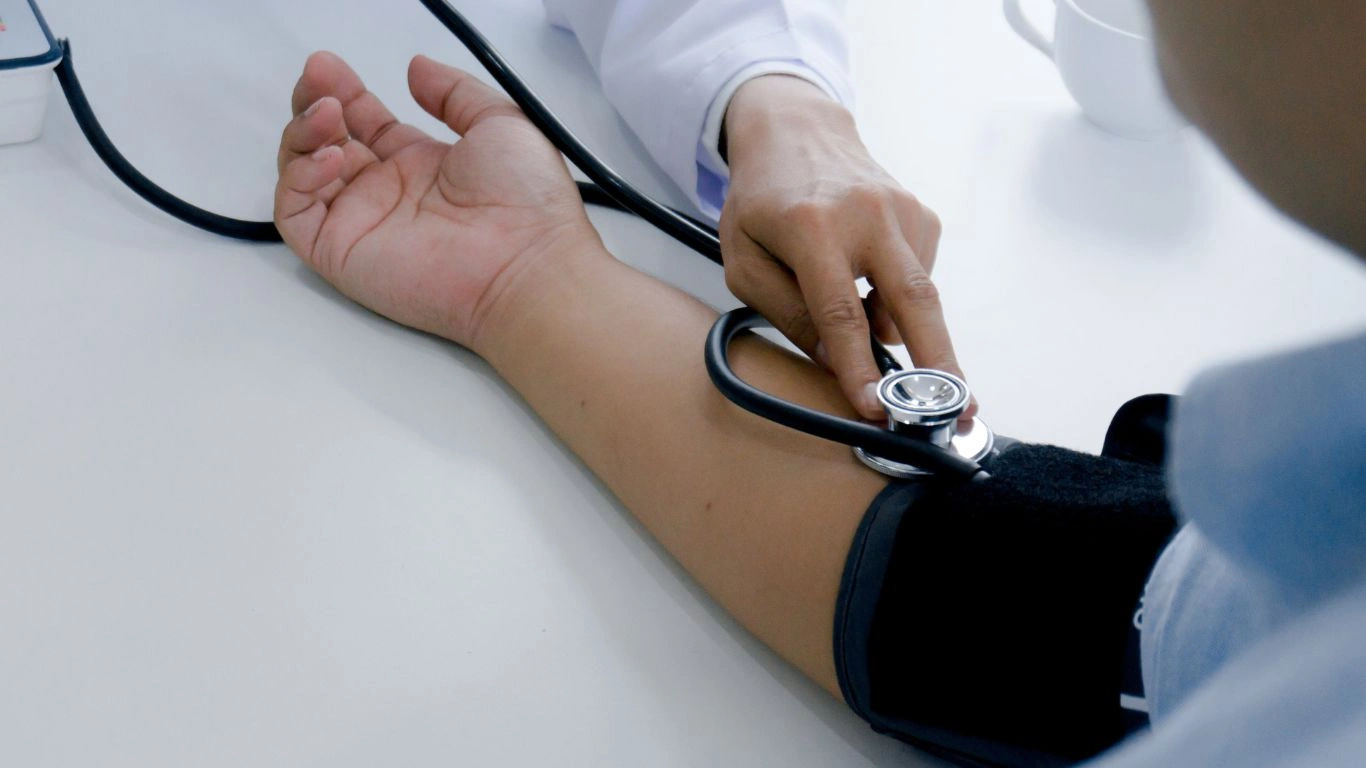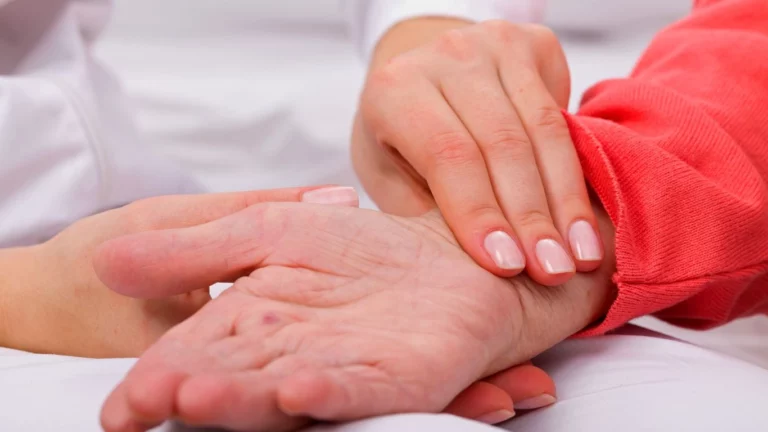How to Stop Salt Addiction Before It Damages Your Health
Salt is everywhere—on our tables, in restaurant dishes, and lurking inside processed foods. As an internal medicine physician specializing in hypertension management, I’ve seen firsthand how difficult it can be for patients to kick the salt habit. The truth is, salt addiction is real, and it’s not just about taste. It impacts your blood pressure, your heart health, and even your overall well-being. So, if you’ve ever wondered how to stop salt addiction for good, you’re in the right place. Let’s dive into why this craving happens, and more importantly, how to take control.
Why Do We Get Hooked on Salt?

Salt isn’t just a flavor enhancer—it actually triggers parts of your brain that reward you, much like sugar or caffeine. Over time, your body craves more salt to feel satisfied. From my clinical experience, many patients underestimate just how much salt they consume daily because it sneaks into almost every food, especially processed and restaurant meals.
The Science Behind Salt Cravings
Our bodies need sodium to function, but when you consume salt in excess, it alters your taste buds and brain chemistry. This makes less salty food taste bland, pushing you to reach for more salt without even realizing it. Plus, salt helps regulate fluid balance, so when you’re dehydrated, those cravings can spike.
How Salt Affects Blood Pressure and Health
Excessive salt intake is one of the leading contributors to hypertension, a condition I treat daily. High blood pressure silently damages your arteries and increases the risk of heart attack and stroke. Even though many patients understand this, breaking the salt habit feels nearly impossible at first. That’s why understanding the connection between salt and your health is the first step in overcoming the addiction.
How to Stop Salt Addiction: Practical Tips That Actually Work

From my years of managing patients with hypertension, I’ve gathered some strategies that consistently help people reduce their salt intake without feeling deprived. It’s all about small, manageable changes and being mindful of your eating habits.
Start With Awareness
The very first step is tracking your salt intake. Most people don’t realize just how much salt they’re consuming. I recommend keeping a simple food diary for a few days—note every salty snack, every pinch of salt you add, and every processed meal. This awareness often leads to the first big mindset shift.
Read Labels Like a Pro
Processed foods are a major source of hidden salt. When you’re grocery shopping, always check the nutrition labels. Look for low sodium or no added salt options. As a rule of thumb, anything with more than 140 mg sodium per serving should be consumed sparingly.
Cook More at Home
One of the best ways to control salt intake is by preparing your own meals. When you cook, you decide how much salt goes in. Try substituting salt with herbs, spices, lemon juice, or garlic to add flavor without the sodium overload. Believe me, your taste buds will adjust over time.
Hydrate Well
Sometimes salt cravings are mistaken signals for dehydration. Drinking enough water throughout the day can actually reduce the urge to reach for salty snacks. In my practice, patients who focus on hydration often report feeling less dependent on salt.
Overcoming Salt Addiction: Mindset and Behavioral Changes

One thing I always emphasize to my patients is that quitting salt addiction isn’t just about willpower—it’s about rewiring your habits and mindset. When I first worked with patients struggling to reduce salt, I noticed a common theme: many felt overwhelmed or frustrated when their favorite foods suddenly tasted “bland.” The good news? Our taste buds adapt faster than you think, and with a few key mindset shifts, you can get there too.
Slow and Steady Wins the Race
Trying to cut out salt all at once can backfire. It often makes food feel less enjoyable, which leads to quitting the effort altogether. Instead, I suggest gradually lowering your salt intake. Start by cutting back on obvious salt bombs like chips, salted nuts, and fast food. Then, progressively reduce salt in cooking or at the table. Your taste buds will recalibrate over a few weeks, and you’ll start appreciating subtler flavors more.
Make Flavorful Substitutes Your New Best Friends
One of my favorite tricks is to encourage people to explore herbs and spices as salt alternatives. Things like smoked paprika, cumin, fresh basil, and rosemary don’t just add flavor—they bring excitement back to your meals. A sprinkle of lemon juice or a dash of vinegar can also brighten dishes without any sodium. Trust me, this takes some experimentation, but it’s well worth it.
Set Realistic Goals and Celebrate Progress
When managing hypertension, I always tell my patients to set small, achievable goals. Instead of saying “I’ll never eat salty food again,” try “I’ll have one salty snack per week.” This helps build confidence and keeps motivation up. Remember to celebrate each win, no matter how small. Reducing salt gradually is a huge accomplishment!
How to Stop Salt Addiction by Managing Triggers and Cravings

Cravings can sneak up on you, especially when stress hits or you’re feeling tired. From my experience, understanding what triggers your salt cravings is key to managing them effectively. For many patients, it’s emotional eating or simply the habit of reaching for salty snacks out of boredom.
Identify Your Salt Triggers
Keeping a journal for a week or two can help uncover patterns. Are you craving salt after a long day at work? When watching TV? Once you know your triggers, you can plan alternatives. For example, if stress is your trigger, try relaxation techniques like deep breathing or a short walk instead of salty snacks.
Replace Salty Snacks With Healthy Alternatives
Instead of reaching for chips or pretzels, I suggest keeping handy snacks like unsalted nuts, fresh veggies with hummus, or air-popped popcorn without added salt. These options satisfy the crunch and flavor craving without the sodium overload. It’s all about training your brain to associate snack time with healthier choices.
Stay Hydrated and Mindful
Sometimes what feels like a craving is actually dehydration. I’ve seen patients dramatically reduce salt intake just by increasing water consumption. Plus, practicing mindful eating—really savoring each bite—can decrease the tendency to add extra salt because you’re more in tune with the food’s natural flavors.
Medical Insights on Salt and Its Impact on Your Body

As an internal medicine physician, I want to underline how salt addiction directly ties into health risks, especially hypertension. Excess sodium causes your body to hold onto extra fluid, which raises blood pressure and strains your heart. Over years, this can lead to serious cardiovascular issues. That’s why managing salt intake is a cornerstone of my treatment plans.
The Hidden Salt in Everyday Foods
Many patients are surprised to learn that foods they consider healthy or “low salt” still contain significant sodium amounts. Bread, canned soups, salad dressings, and even some dairy products can add up quickly. Understanding these hidden sources can empower you to make smarter choices.
Why Personalized Salt Limits Matter
Not everyone needs the exact same sodium limit. Factors like age, kidney function, and existing health conditions play a role. When I counsel patients, I tailor recommendations based on their individual health profiles. If you’re curious about your personal salt intake target, it’s worth having a chat with your healthcare provider.
Long-Term Strategies to Maintain a Low-Salt Lifestyle

By this point, you’ve learned a lot about how to stop salt addiction, from understanding cravings to managing triggers and knowing the health impacts. But here’s the real challenge I often see in my practice: sticking with it over the long haul. Changing a deeply ingrained habit like salt consumption takes persistence, but with the right tools, it’s absolutely doable.
Build a Supportive Environment
One of the biggest factors that helped my patients succeed was modifying their environment. If you keep salty snacks out of the house, you’re less likely to reach for them on impulse. Try stocking your pantry with fresh produce, herbs, and low-sodium alternatives. Even better, involve your family or friends in your low-salt journey—they can cheer you on and keep you accountable.
Experiment with New Recipes
When I reduced salt myself, I realized that variety is key to staying motivated. Find cookbooks or online resources focused on low-sodium meals. Experimenting with different spices, cooking techniques, and cuisines keeps meals interesting. It’s also a fun way to discover new favorite dishes that don’t rely on salt for flavor.
Regularly Monitor Your Blood Pressure
In clinical practice, I stress the importance of regular blood pressure checks as a feedback tool. When you see your numbers improve after reducing salt, it’s a huge motivator. If you don’t have a home monitor, consider visiting your healthcare provider regularly. This tangible progress reinforces your commitment and helps tailor further adjustments.
Understanding When to Seek Professional Help

Even though cutting back on salt sounds straightforward, some people find their cravings or blood pressure stubbornly difficult to manage. In these cases, working closely with a healthcare professional is crucial. From personal experience, when patients engage in personalized counseling or nutritionist-led programs, their success rates skyrocket.
Why Personalized Guidance Makes a Difference
Everyone’s body reacts differently to sodium. Some people are “salt-sensitive,” meaning their blood pressure spikes even with moderate salt intake. Identifying this sensitivity through medical tests can help tailor the best strategy for you. I always encourage my patients to seek individualized advice rather than relying solely on generic guidelines.
Medications and Lifestyle: A Team Effort
In some cases, reducing salt alone isn’t enough to control hypertension. I often combine lifestyle advice with medication to achieve the best outcomes. Remember, salt reduction isn’t about strict perfection but rather finding a balanced approach that supports your overall health.
Final Thoughts on How to Stop Salt Addiction
From my years as an internal medicine physician, I can confidently say that salt addiction is manageable with patience, education, and support. It’s not about depriving yourself but rediscovering flavors and prioritizing your health. The small steps you take today can lead to lasting changes that protect your heart and improve your quality of life.
Quick Recap of Key Points
- Understand the science behind salt cravings and their impact on health.
- Track your salt intake and gradually reduce it to avoid overwhelm.
- Use herbs, spices, and citrus to enhance flavor without sodium.
- Manage triggers by identifying cravings and replacing salty snacks with healthy alternatives.
- Seek professional guidance for personalized plans, especially if you have hypertension or other health concerns.
References
Disclaimer
This article is for informational purposes only and does not replace professional medical advice. If you have concerns about your salt intake, hypertension, or overall health, please consult a healthcare professional for personalized evaluation and treatment.

Dr. Gwenna Aazee is a board-certified Internal Medicine Physician with a special focus on hypertension management, chronic disease prevention, and patient education. With years of experience in both clinical practice and medical writing, she’s passionate about turning evidence-based medicine into accessible, actionable advice. Through her work at Healthusias.com, Dr. Aazee empowers readers to take charge of their health with confidence and clarity. Off the clock, she enjoys deep dives into nutrition research, long walks with her rescue pup, and simplifying medical jargon one article at a time.






